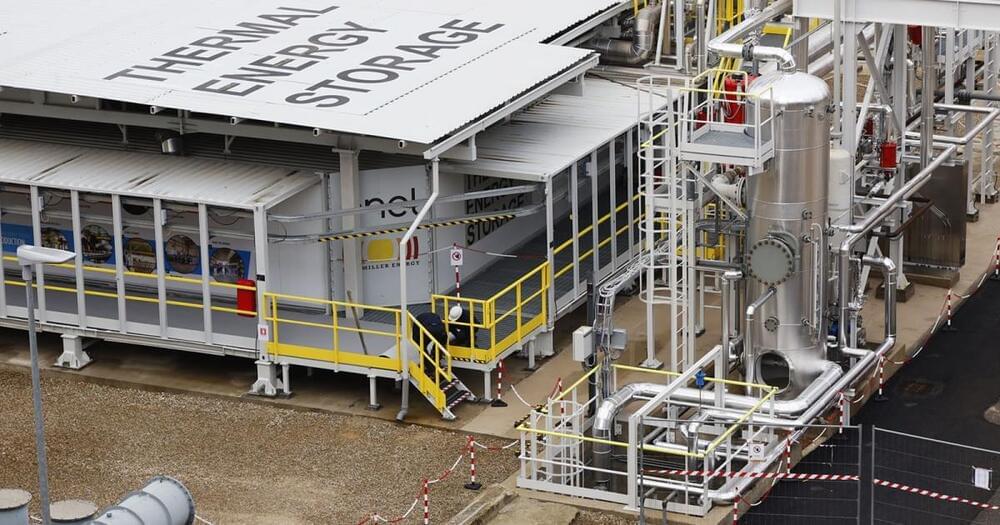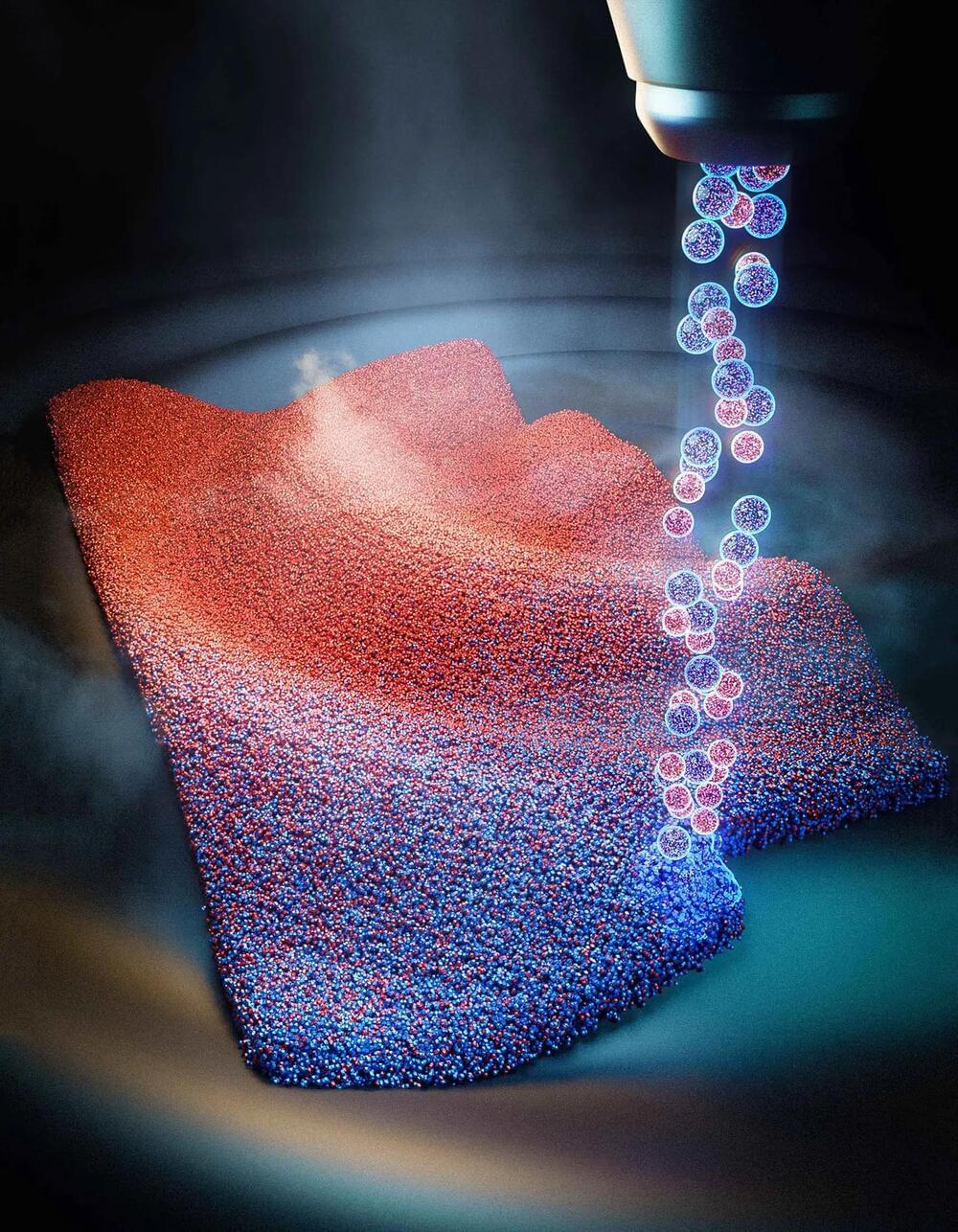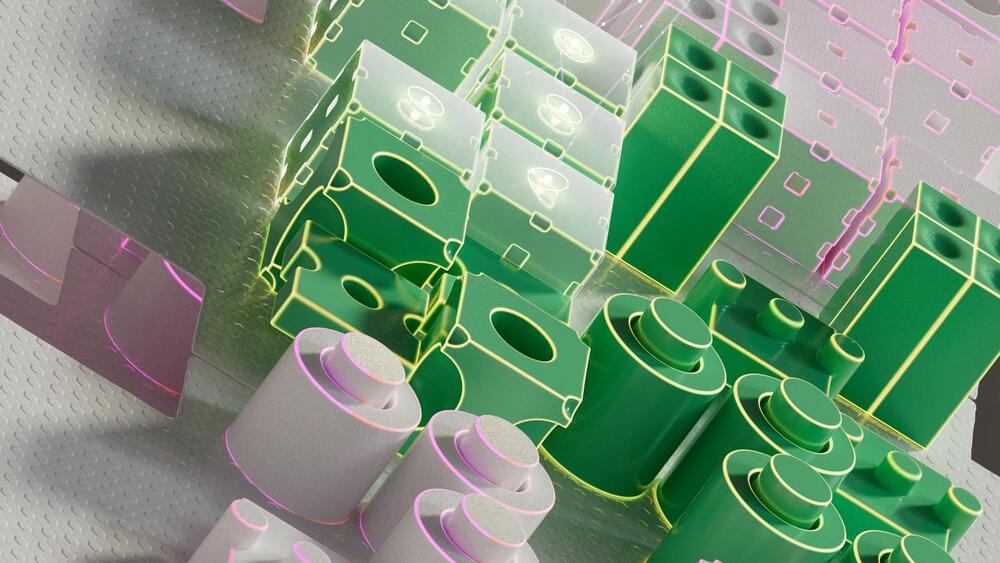On his appointment, he said, It is really a great honour and privilege to be part of the Board of the Data Lab Scotland’s Artificial Intelligence and data to help contribute and provide strategic direction to the leadership of the Lab.
I am deeply humbled for this opportunity to contribute and help unlock the rich opportunities for AI and data, not just in Scotland, UK and across the world, by bringing industry, academia and public sector to harness opportunities, connect people and ideas, develop knowledge and expertise for the good of humanity and society-creating a better and sustainable economy and society.
The Nigerian-British man stressed his love for data and AI, saying, I am deeply passionate and intentional about data, AI, transformation, innovation, education, technology, inclusion, social and global mobility.






